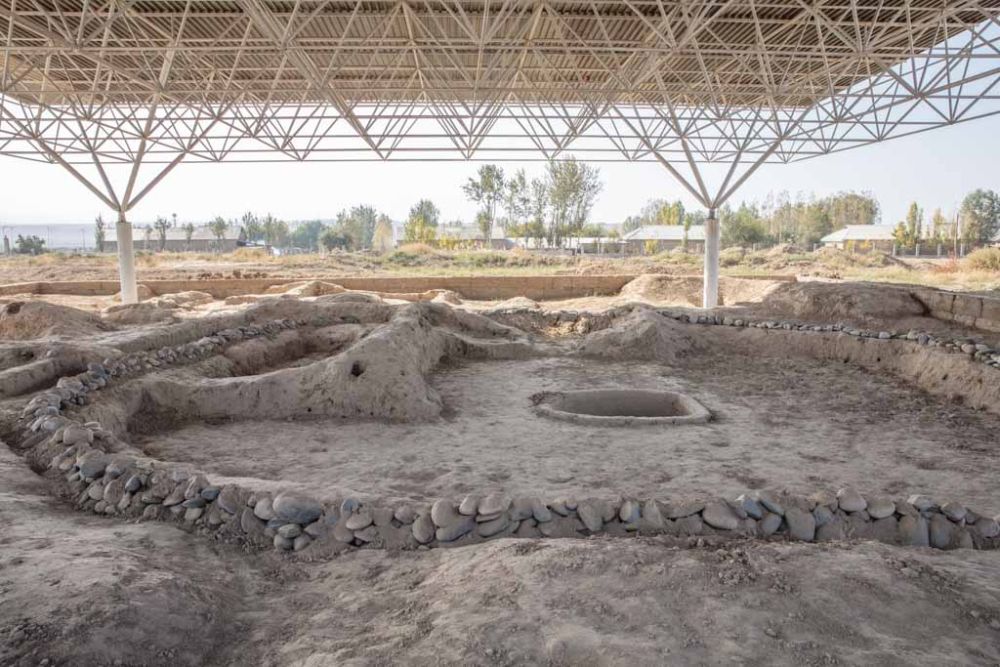

The ancient city of Sarazm, located near Panjakent in Tajikistan, is an archaeological site that provides invaluable insight into the region's early history. Its significance lies in its role as one of the earliest known urban settlements in Central Asia, with a history that dates back to approximately 5500 years ago.
The site was accidentally discovered in 1976 by a local farmer, and it was not until 1979 that the first archaeological excavations began, led by Abdullo Isakov. Since then, these excavations have revealed that Sarazm was a thriving proto-urban center of trade and metallurgy. Artifacts uncovered include tools, ceramics, and evidence of early agricultural and mining activities.
In recognition of its outstanding value and well-preserved remains, Sarazm was awarded UNESCO World Heritage status in 2010. This was a significant milestone for Tajikistan, putting Sarazm on the global map and affirming its importance as a cultural and historical site.
Tourism to Sarazm has grown following its UNESCO recognition, although it remains a rather off-the-beaten-path destination. Visitors who venture to Sarazm are typically those with a keen interest in archaeology and ancient history. Prior to its World Heritage inscription, Sarazm was primarily visited by researchers and scholars. Since then, efforts have been made to promote Sarazm as a tourist destination, which has slowly increased the number of international and domestic visitors to the site.
Recently, there has been a trend to increase tourism through the development of heritage tourism and by improving the visitor experience. This includes building visitor centers, creating informational materials in multiple languages, and offering guided tours. Additionally, the region has seen a growing interest in eco-tourism and cultural experiences, aligning with a global trend towards sustainable and responsible travel.
Looking ahead, tourism in Sarazm is expected to grow steadily. The Tajikistan government and international organizations are focusing on sustainable tourism development to preserve the site while also drawing in more visitors. Promotional campaigns, improved infrastructure, and greater accessibility are all strategies being employed to ensure the archaeological site of Sarazm thrives not only as a center of ancient culture but also as a beacon for historical tourism in Tajikistan.
For current visitors to Sarazm, the experience is one of discovery and education. Highlights include excavated ruins, an on-site museum that exhibits ancient artifacts, and the opportunity to learn about the Indus Valley civilization's early trade connections. As the site's facilities and accessibility continue to improve, it is hoped that Sarazm will become not just a point of archaeological interest but also an integral part of the Silk Road tourism circuit that highlights the rich tapestry of Central Asian history.